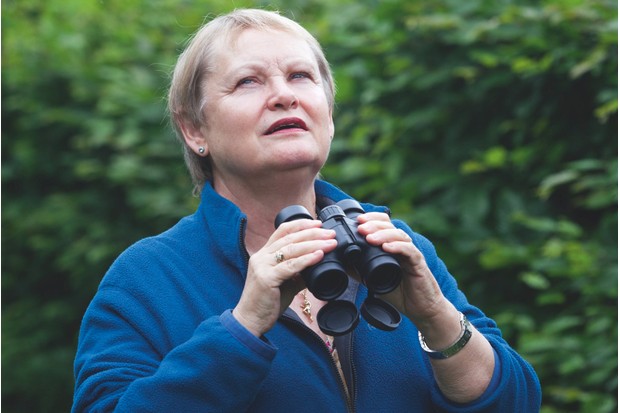Four small furry bundles with distinctive ginger and black-spotted fur, dark tear tracks and coal-black noses have raised hope of a once extinct species returning to its historic hunting grounds on the Arabian Peninsula.
The iconic big cats, speed racers of the animal kingdom, have become a focus of attention in Saudi Arabia ever since the discovery of mummified cheetahs in caves in the north of the country.
The finds, which ranged in age from 4,000 to as recent as 120 years, proved that the animals, primarily found in eastern and southern Africa, once called this more northerly region home. The realisation kick-started the country’s Cheetah Conservation Program to bring back the cats to their historic Arabian range.
The initiative, to captive breed cheetahs while at the same time conducting an analysis of their environmental needs and implementing appropriate habitat preservation, has had its first major success with the birth of these healthy cubs.

Bringing Saudi cheetahs back from extinction
Set up by the National Center for Wildlife (NCW), the Program was inaugurated last year by the Saudi Minister of Environment, Water and Agriculture, His Excellency Eng Abdulrahman Abdulmohsen AlFadley, who is also the Chair of the NCW, the body responsible for the protection of native endangered species.
The NCW oversees scientific research and field studies and devises strategies and conservation projects to maintain Saudi Arabia’s rich biodiversity for future generations.
The team from NCW that studied the mummified cats was able to not only outline the timeline of the extinction of cheetahs in Saudi Arabia, to prove that their disappearance is relatively recent, but also to extract genetic samples that have been compared to cheetahs in other parts of the world to establish the cats as a distinct sub-species, known as the Asiatic cheetah. It is the hope of the scientists that cheetahs from the NCW facility will eventually be returned to the wild to repopulate the Peninsula.
It is the hope of the scientists that cheetahs from the NCW facility will eventually be returned to the wild to repopulate the Peninsula.
Dr Mohammed Qurban, CEO of the NCW, said: “The official launch of the National Cheetah Conservation Strategy and the announcement of four cheetah cubs signifies an important achievement in our conservation efforts. This strategy reflects our unwavering commitment to ensuring a sustainable future for wild cheetahs in their natural habitats in the Kingdom.”
Speaking about the discovery of the mummified remains of cheetahs, Dr Qurban continued: “This motivates us to continue our efforts to restore and reintroduce cheetahs, guided by an integrated strategy designed in accordance with best international practices.”
What's next for Asiatic cheetahs in Saudi Arabia?
Next steps include identifying suitable protected areas for reintroduction, working on community partnerships to safeguard the animals from human activity once they have been released and then, after reintroduction, monitoring the cats and ensuring the establishment of a self-sustaining breeding population.
The four youngsters currently learning their big cat ways from their mother are going to be unknowing pioneers in a step forward, however small, in Asiatic cheetah conservation.
Main image: Cheetah cubs in Saudi Arabia. Credit: National Center for Wildlife
More amazing wildlife stories from around the world
- Jailed as spies in Iran, the scientists trying to save the super-rare Asiatic cheetah are finally free
- Scientists put tiny cameras on a load of Aussie sea lions – and what they found was mesmerising
- Poisoned, electrocuted and illegally killed – now Europe's smallest vulture is fighting back
- Sharks off the coast of Brazil high on cocaine
